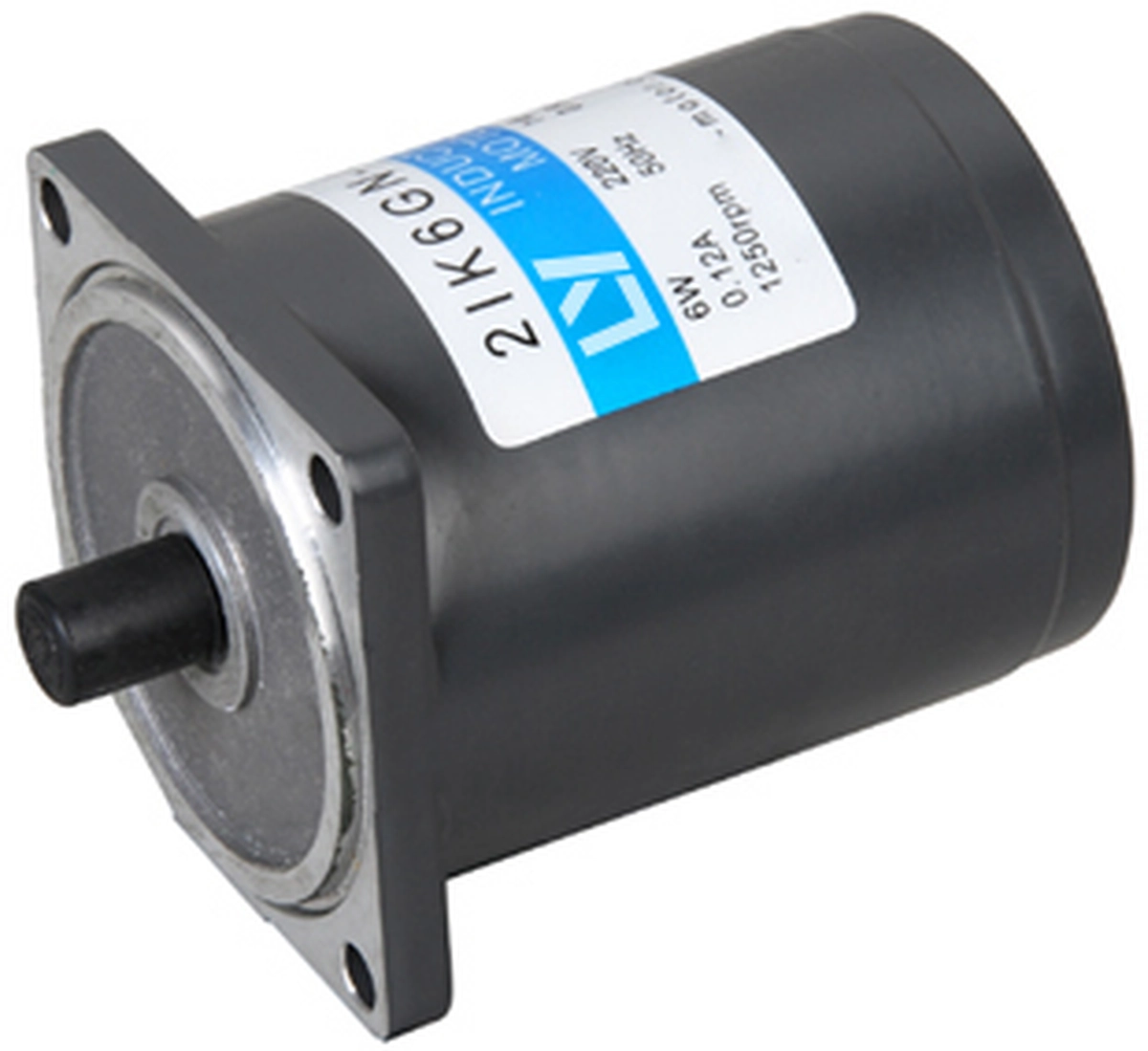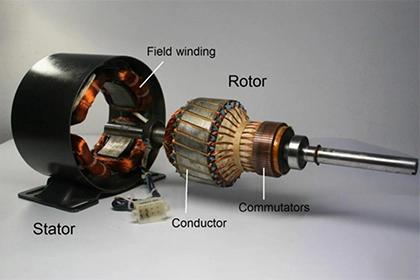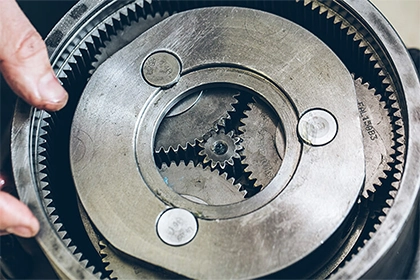
Why does rotor rotates in induction motor?
The rotor in an induction motor rotates due to the interaction between the stator's magnetic field and the induced magnetic field in the rotor, generating the torque necessary for motor rotation.
An induction motor is a type of electric motor that uses electromagnetic induction to convert electrical energy into mechanical energy. In an induction motor, a rotating magnetic field is used to create torque and make the rotor rotate. But why does the rotor rotate in the first place?
To understand this, we need to first understand how an induction motor works. An induction motor has two main parts: the stator and the rotor. The stator is the stationary part of the motor, while the rotor is the rotating part.
The stator of an induction motor is typically made up of a series of electromagnetic coils. When an alternating current (AC) is applied to these coils, a rotating magnetic field is generated. This rotating magnetic field then interacts with the rotor, causing it to rotate as well.
The rotor of an induction motor is typically made up of a series of conductive bars that are arranged in a circle. These conductive bars are known as the rotor windings. When the rotating magnetic field from the stator passes over the rotor windings, it creates an electromagnetic field in the rotor.
This electromagnetic field then interacts with the magnetic field from the stator, causing a force to be exerted on the rotor windings. This force causes the rotor to rotate and follow the direction of the rotating magnetic field from the stator.
In other words, the rotor of an induction motor rotates because of the interaction between the magnetic fields from the stator and the rotor. This interaction creates a torque, which causes the rotor to rotate and follow the direction of the rotating magnetic field.
There are two main types of induction motors: squirrel cage and wound rotor. In a squirrel cage induction motor, the rotor windings are made up of a series of conductive bars that are shorted at the ends. This creates a "cage" like structure, hence the name "squirrel cage" motor. In a wound rotor induction motor, the rotor windings are made up of a series of electromagnetic coils.
Despite their differences, both types of induction motors work in the same way. The rotating magnetic field from the stator passes over the rotor windings, creating an electromagnetic field in the rotor. This interaction between the magnetic fields from the stator and rotor creates a torque, causing the rotor to rotate.
One of the key benefits of an induction motor is that it is relatively simple and inexpensive to manufacture. It also has a high efficiency and is able to operate over a wide range of speeds. These factors make induction motors a popular choice for a wide variety of applications, from small appliances to large industrial machinery.
In summary, the rotor of an induction motor rotates because of the interaction between the magnetic fields from the stator and rotor. This interaction creates a torque, which causes the rotor to rotate and follow the direction of the rotating magnetic field. This is what allows an induction motor to convert electrical energy into mechanical energy.



Leave a Comment